توضیحات
دانلود کتاب و حل المسائل (حل تمرین) مبانی آیرودینامیک نوشته جان دی. اندرسون – ویرایش پنجم
این کتاب در چارت درسی کارشناسی مهندسی هوافضا و گرایش مکانیک تبدیل انرژی، هوافضا پیشرانش (جلوبرندگی) و ایرودینامیک در مقطع کارشناسی ارشد قرار دارد.
عنوان های فصول کتاب:
- آیرودینامیک: تعدادی نظریه برای مقدمه
- آیرودینامیک: تعدادی اصل بنیادی و معادلات
- مبانی جریان غیرلزج و تراکم ناپذیر
- جریان تراکم ناپذیر روی ایرفویل (بالواره)
- جریان تراکم ناپذیر روی بال محدود
- جریان تراکم ناپذیر سه بعدی
- جریان تراکم پذیر: تعدادی جنبه مقدماتی
- موج ضربه عمودی و عناوین مرتبط
- موج ضربه مایل و انبساطی
- جریان تراکم پذیر درون نازل، دیفیوزر و تونل باد
- جریان تراکم پذیر زیر صوتی روی ایرفویل: نظریه خطی
- جریان مافوق صوت خطی شده
- مقدمه ای بر تکنیک های عددی برای جریان مافوق صوت غیرخطی
- اجزای جریان هایپرسونیک
- مقمه ای بر مبانی اصلی و معادلات جریان لزج
- یک حالت خاص: جریان کوئت
- مقدمه ای بر لایه مرزی
- لایه مرزی آرام
- لایه مرزی مغشوش (توربولانت)
- حل های ناویر-استوکس: تعدادی مثال
توضیحات ویژگی های کتاب مبانی آیرودینامیک به انگلیسی:
An introduction to computational fluid dynamics as an integral part of the study of aerodynamics. Computational fluid dynamics (CFD) has recently become the third dimension in aerodynamics, complementing the previously existing dimensional of pure experiment and pure theory.
It is absolutely necessary that the modern student of aerodynamics be introduced to some of the basic ideas of CFD—he or she will most certainly come face to face with either its “machinery” or its results after entering the professional ranks of practicing aerodynamicists. Hence, such subjects as the source and vortex panel techniques, the method of characteristics, and explicit finite-difference solutions are introduced and discussed as they naturally arise during the course of our discussion.
In particular, Chapter 13 is devoted exclusively to numerical techniques, couched at a level suitable to an introductory aerodynamics text.
A chapter is devoted entirely to hypersonic flow. Although hypersonics is at one extreme end of the flight spectrum, it has current important applications to the design of the space shuttle, hypervelocity missiles, planetary entry vehicles, and modern hypersonic atmospheric cruise vehicles. Therefore, hypersonic flow deserves some attention in any modern presentation of aerodynamics. This is the purpose of Chapter 14.
More info
Historical notes are placed at the end of many of the chapters. This follows in the tradition of some of my previous textbooks, Introduction to Flight: Its Engineering and History, sixth edition (McGraw-Hill, 2008). and Modern Compressible Flow: With Historical Perspective, third edition (McGraw-Hill, 2003). Although aerodynamics is a rapidly evolving subject, its foundations are deeply rooted in the history of science and technology.
It is important for the modern student of aerodynamics to have an appreciation for the historical origin of the tools of the trade. Therefore, this book addresses such questions as who were Bernoulli, Euler, d’Alembert, Kutta, Joukowski, and Prandtl; how the circulation theory of lift developed; and what excitement surrounded the early development of high-speed aerodynamics.
I wish to thank various members of the staff of the National Air and Space Museum of the Smithsonian Institution for opening their extensive files for some of the historical research behind these history sections. Also, a constant biographical reference was the Dictionary of Scientific Biography, edited by C. C. Gillespie, Charles Schribner’s Sons, New York, 1980. This 16-volume set of books is a valuable source of biographic information on leading scientists in history.
Design boxes are scattered throughout the book. These design boxes are special sections for the purpose of discussing design aspects associated with the fundamental material covered throughout the book. These sections are literally placed in boxes to set them apart from the mainline text. Modern engineering education is placing more emphasis on design, and the design boxes in this book are in this spirit. They are a means of making the fundamental material more relevant, and making the whole process of learning aerodynamics more fun.
در صورت داشتن هرگونه سوال و یا مشکل در بخش پشتیبانی شاپ تو استور مطرح نمایید.


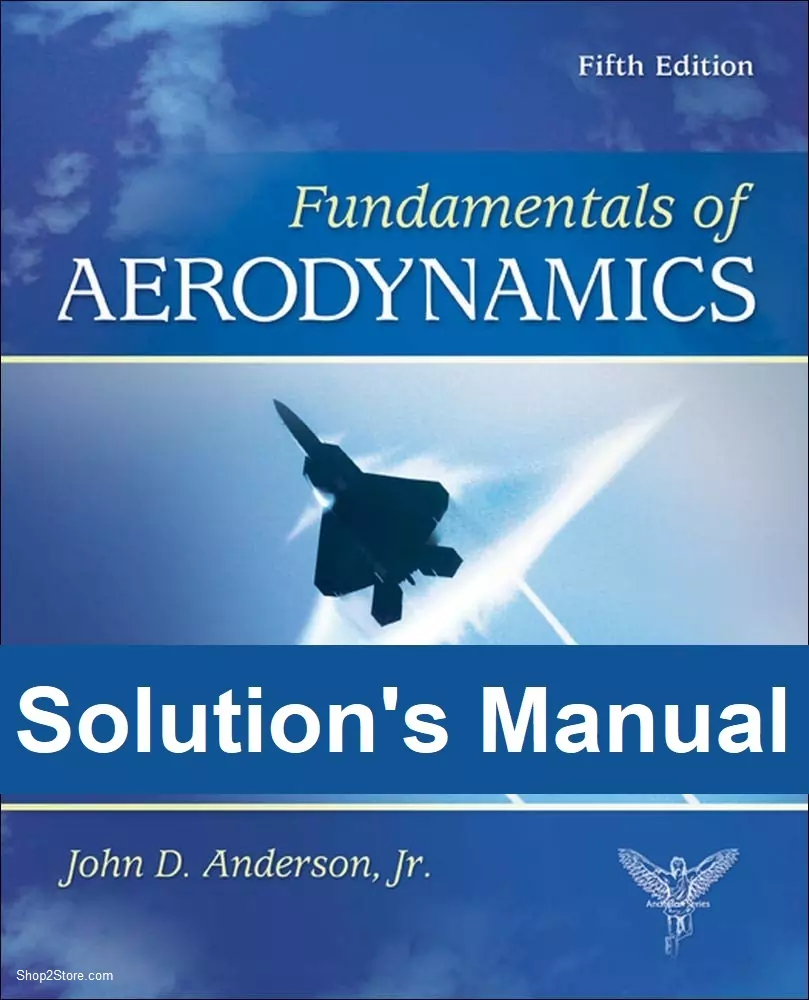
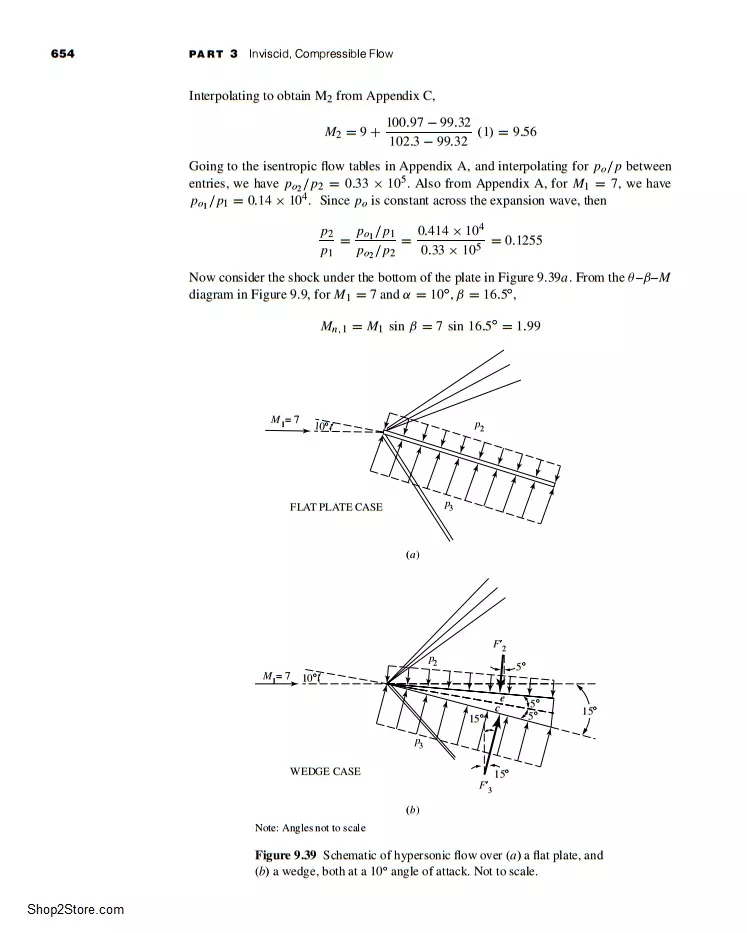
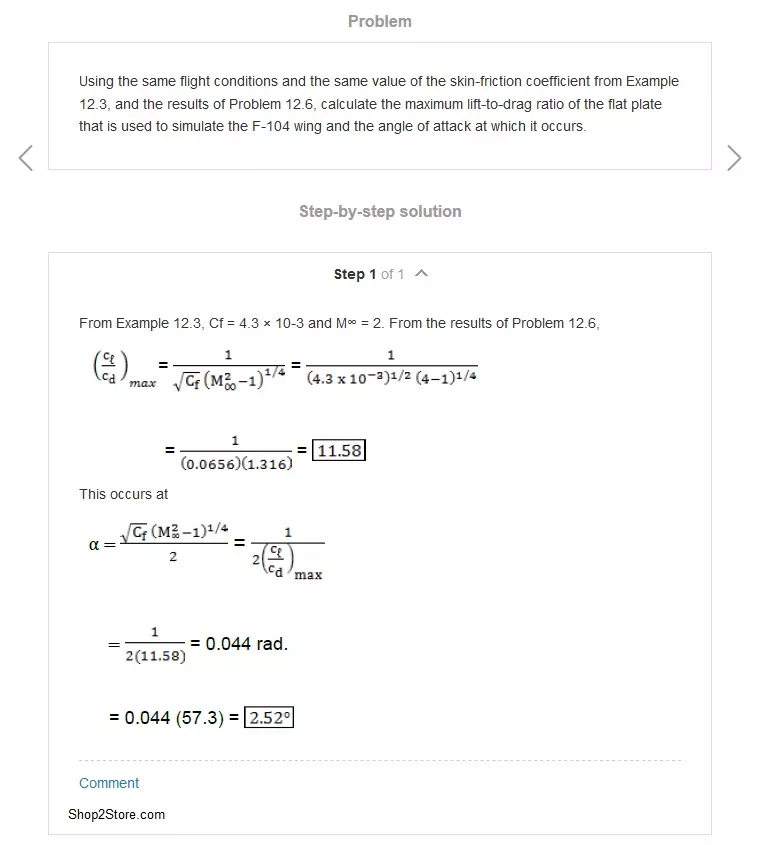

 اگر این محصول را خریداری کنید،
اگر این محصول را خریداری کنید، 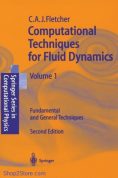
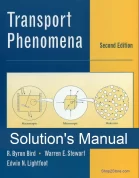
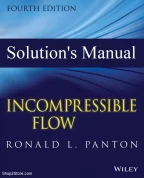

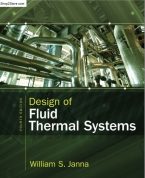
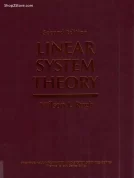
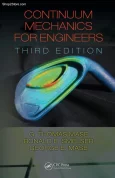
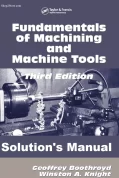
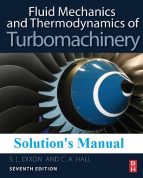
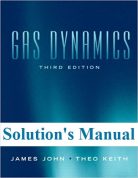
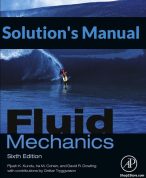
دیدگاهها (0)
نقد و بررسیها
هنوز بررسیای ثبت نشده است.